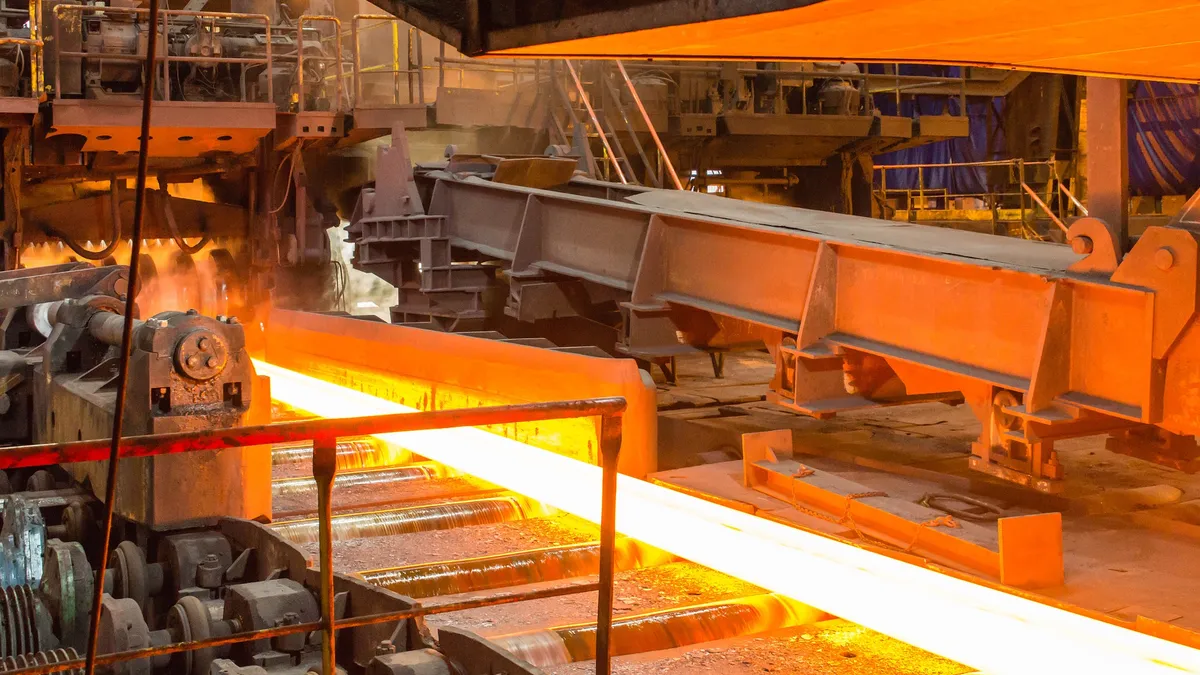The Biden administration issued another round of tariffs Friday on key industrial goods from Russia — including a 200% tariff on aluminum — as the country’s invasion of Ukraine crosses the one-year mark.
Aluminum tariffs were announced in addition to $2.7 billion in new duties on many metals and raw materials from the country. The tariff rates on most metals and metal products will double from 35% to 70% beginning April, and would target “a crucial revenue generating sector of the Russian economy,” U.S. Trade Representative Katherine Tai said in a statement Friday.
The administration also raised tariffs on other Russian products, including chemicals and minerals, to 35%.
“These actions are carefully calibrated to put economic pressure on Russia while minimizing costs to U.S. consumers,” Tai said. “As President Biden said in Poland earlier this week, the United States and our Allies and partners will hold accountable those who are responsible for this war.”
Aluminum tariffs will be implemented in March, and comes as U.S. businesses continue to import Russian metals despite the ongoing war. Imports from Russia increased in both 2021 and 2022, according to a presidential proclamation, and the country is the fifth-largest source of imported aluminum in the U.S.
“I recognize that concerns about aluminum imports from Russia and their impact on our national security are shared by other countries, and that we need to work together with our partners to ensure that the global market distortions caused by Russian aluminum articles do not distort our markets and threaten our national security,” Biden said in a statement.
In announcing the new aluminum tariff, Biden noted that U.S. imports of Russian aluminum increased by 53% between March and July 2022 following Russia’s invasion.
The American Primary Aluminum Association, representing the domestic aluminum industry, applauded the move, saying in a statement that the higher tariffs would address “growing unfair trade advantage [of] the Russian aluminum industry.”
Century Aluminum also issued a statement praising the administration’s move. “For too long, Russian aluminum producers have flooded the market with excess production, undercutting U.S. competitors without consequence,” the company said.
Tariffs on Russia increased last year after the U.S. moved to suspend normal trade relations with the country as a response to its invasion of Ukraine. Along with allowing for duty increases, the U.S. banned oil imports from Russia.
Domestic steelmakers — many of whom rely on metal alloys from Russia — were among those who warned about the negative commercial impact of trade tensions between the two countries at the time of the trade suspension.
Steel producer Cleveland-Cliffs noted in its most recent 10-K that, historically, around two-thirds of imported pig iron was sourced from either Russia or Ukraine. Since the war began, the company has managed to keep a stable supply of the material due to its vertical sourcing model, but noted that competitors have struggled with supply shortages.














